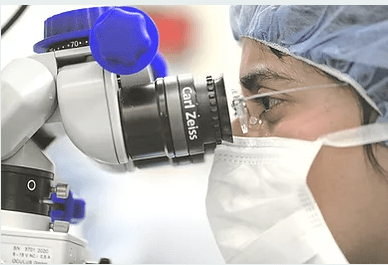Laser Refractive surgery, such as Photorefractive keratectomy (PRK), Laser In Situ Keratomileusis (LASIK), and the most recent SMILE surgery are among most common ophthalmic procedures in the world. Reasons for their popularity lie in the safety, efficacy, quick visual recovery, and minimal patient discomfort..





